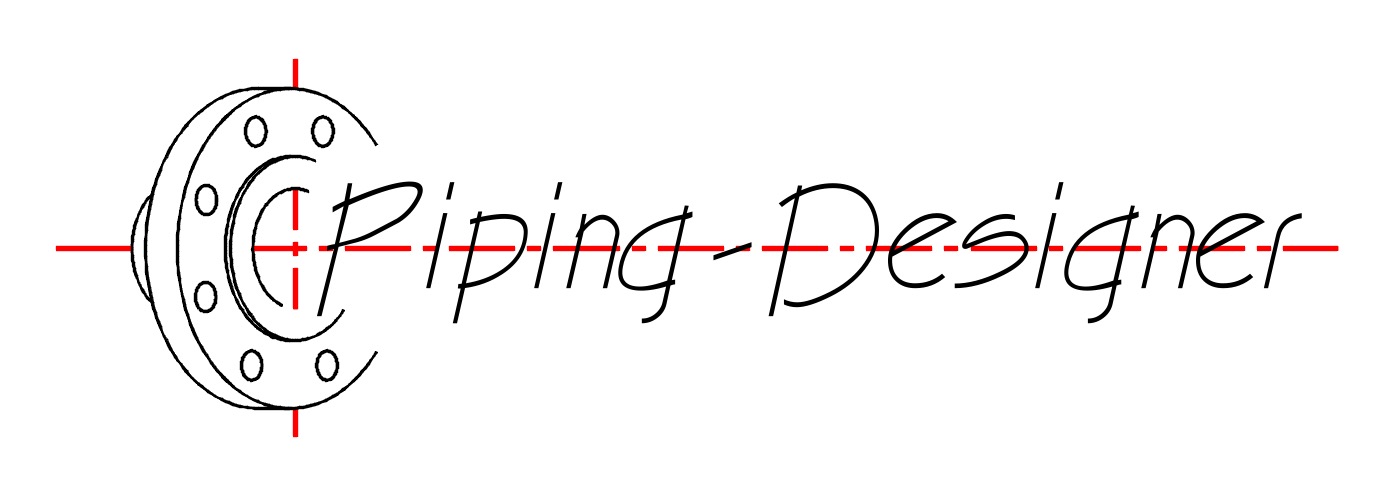|
|
|
\( RF \;=\; \dfrac{ AC_c }{ DC_c }\)
\( AC_c \;=\; RF \cdot DC_c \)
\( DC_c \;=\; \dfrac{ AC_c }{ RF }\)
|
| Symbol |
English |
Metric |
| \( RF \) = Ripple Factor |
\(dimensionless\) |
\(dimensionless\) |
| \( AC_c \) = RMS Value of AC Component |
\(V\) |
\(V\) |
| \( DC_c \) = DC Component |
\(V\) |
\(V\) |
Ripple factor, abbreviated as \(RF\) or \(\gamma\) (Greek Symbol gamma), is the unwanted residual AC component (fluctuations) present in the DC output after converting alternating current (AC) to direct current (DC). It appears as a periodic variation superimposed on the steady DC voltage or current, caused by the incomplete suppression of the AC signal during rectification.
Ripple occurs because rectifiers produce pulsating DC (varying voltage) rather than a perfectly constant DC output. The extent of ripple depends on the rectifier type and filtering used.
High ripple can cause noise, inefficiency, or improper operation in electronic circuits, especially in sensitive devices like audio equipment or microcontrollers.
A lower ripple factor indicates a smoother DC output, achieved through better rectification (e.g., full-wave vs. half-wave) or filtering (e.g., capacitors, inductors).
Ripple by Rectifier Type
Half-Wave Rectifier - High ripple, as only one half-cycle is rectified, leading to large gaps in the output.
Full-Wave Rectifier - Lower ripple, as both half-cycles are rectified, producing a more continuous output.
Three-Phase Rectifier - Very low ripple due to overlapping phases, resulting in smoother DC output.
Precision Rectifiers - Minimal ripple, designed for low-signal applications with high accuracy.
Formula Terms
RMS - Stands for Root Mean Square, a mathematical method used to quantify the effective value of an alternating current (AC) or voltage signal. It represents the equivalent DC value that would produce the same average power in a resistive load. RMS is widely used in electrical engineering to describe AC signals, as their instantaneous values vary over time, unlike constant DC signals.
AC Component - The residual, fluctuating (alternating) portion of the output, known as ripple, which remains after rectification. It represents the unwanted AC part that wasn’t fully converted to DC.
DC Component - The steady, constant portion of the rectifier’s output voltage or current, representing the desired direct current (DC) after rectification. This is the average value of the output waveform, ideally used to power devices.
Rectification - The process of converting
alternating current (AC), which periodically reverses direction, into
direct current (DC), which flows in one direction. This is essential for powering electronic devices that require a steady DC voltage, as most power sources supply AC.


